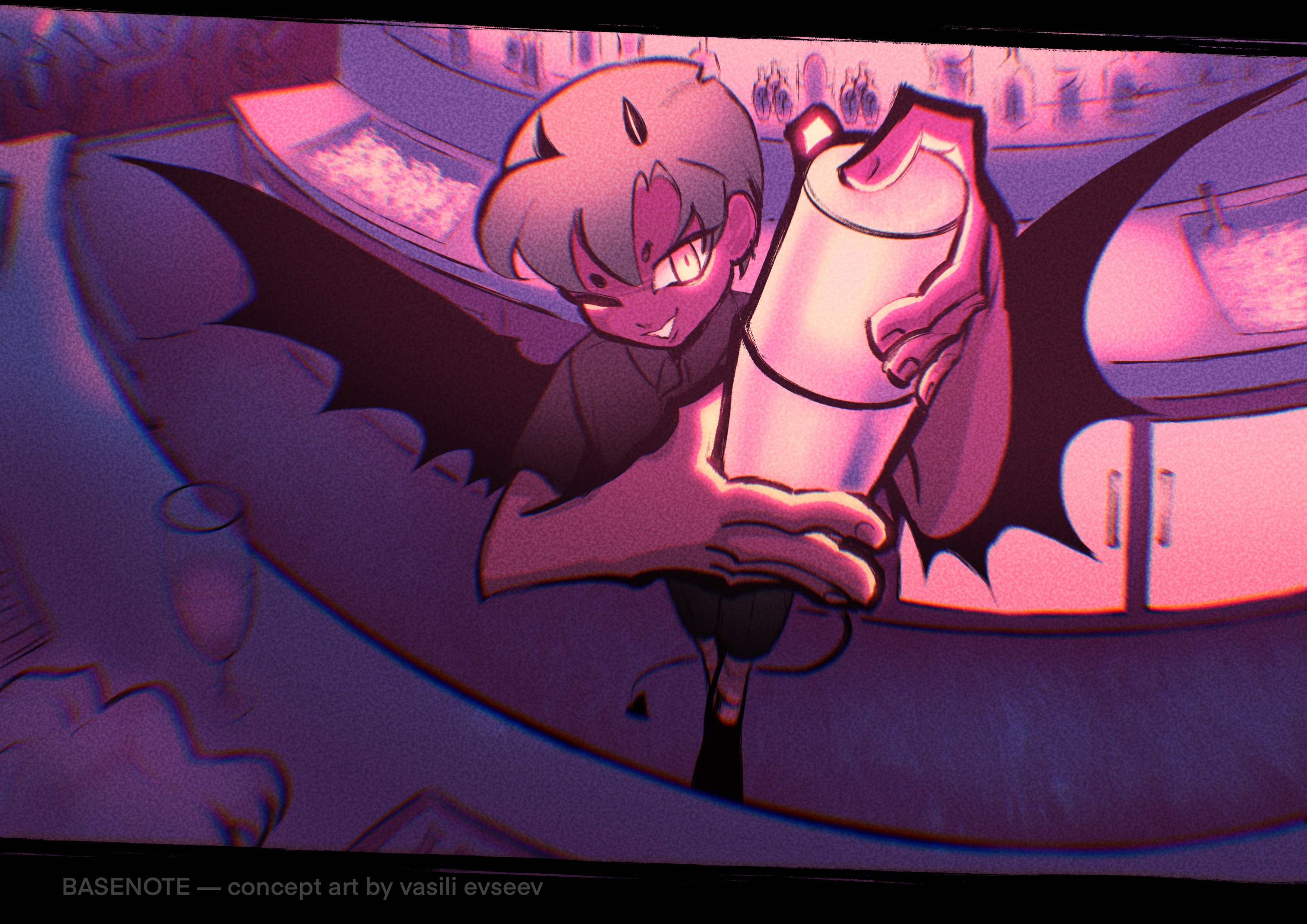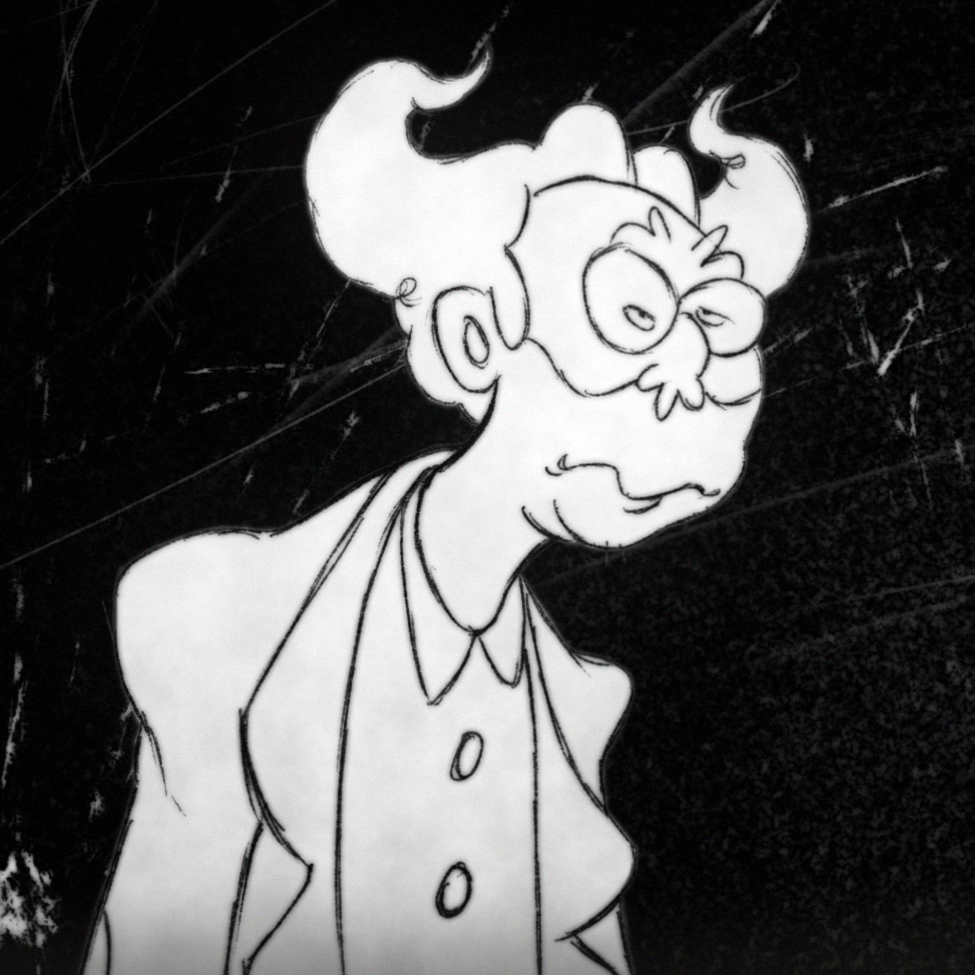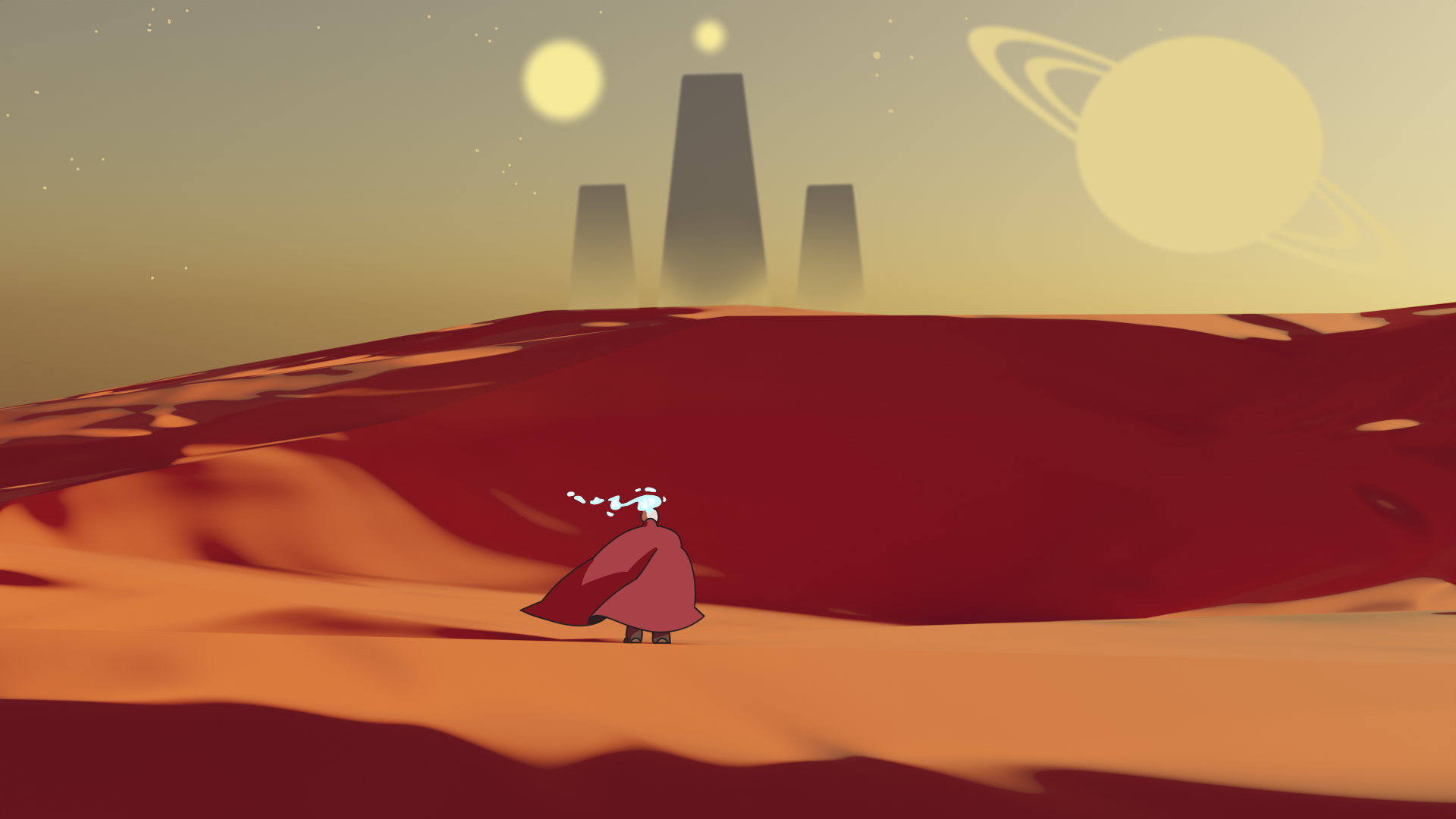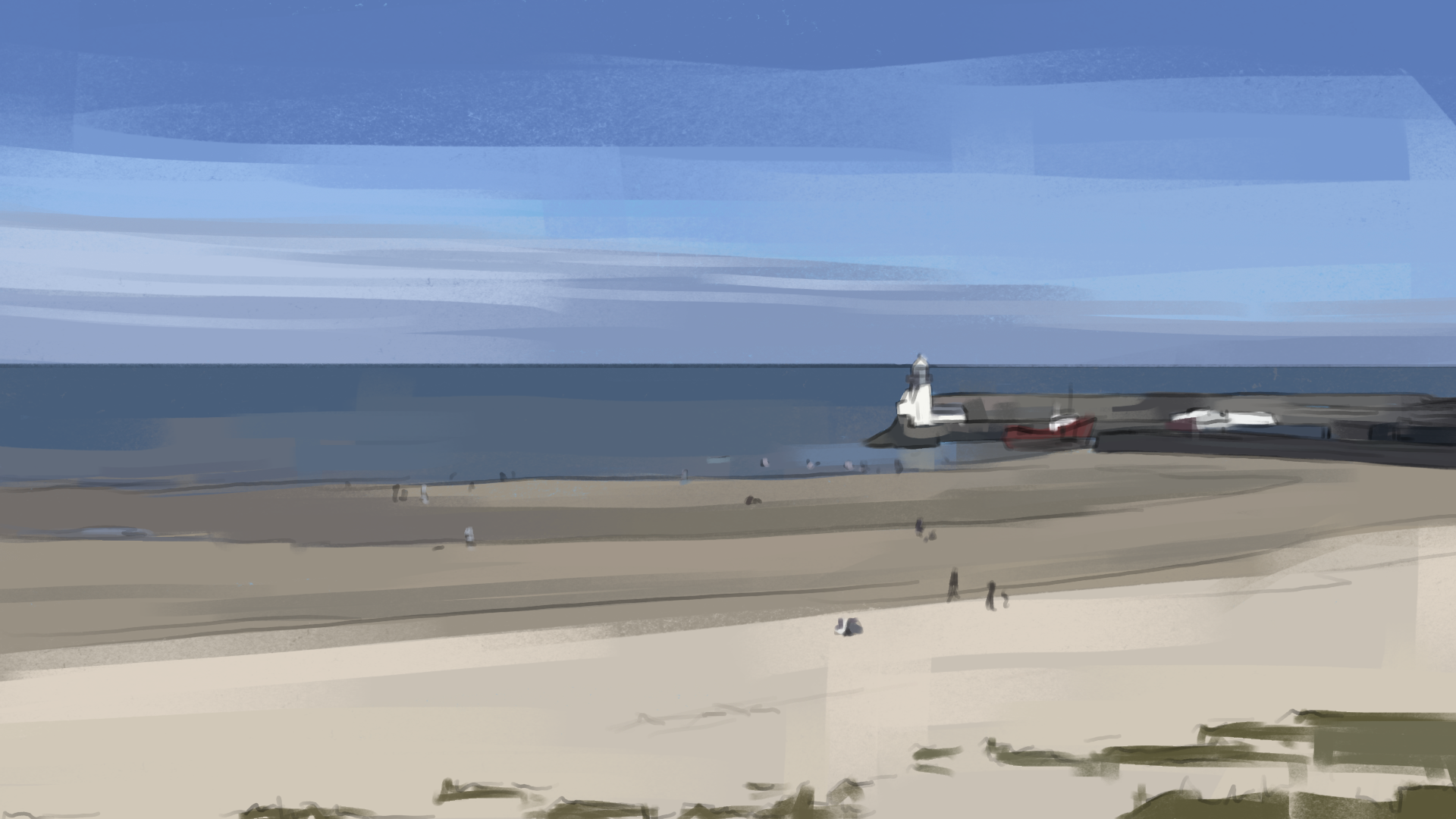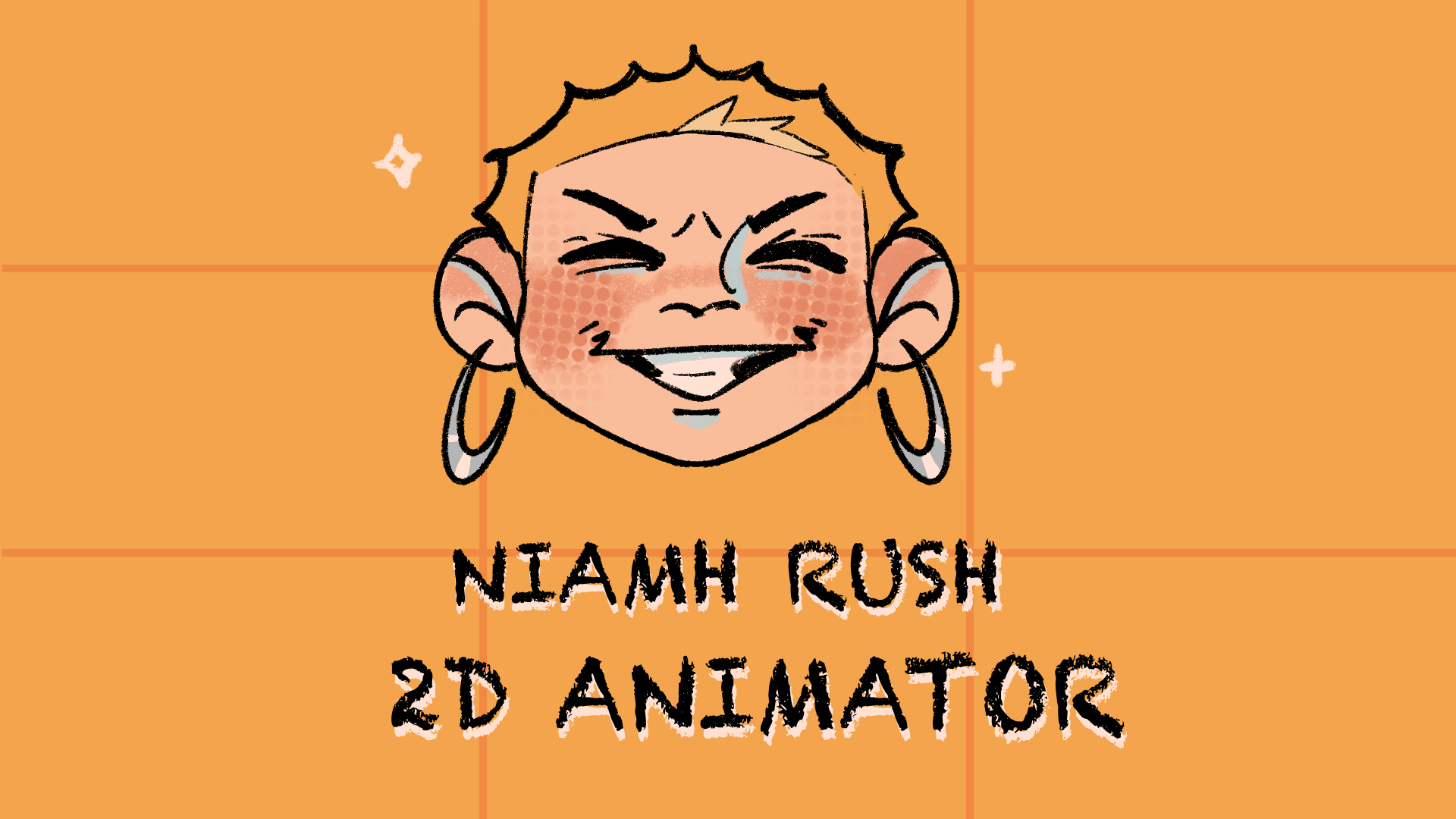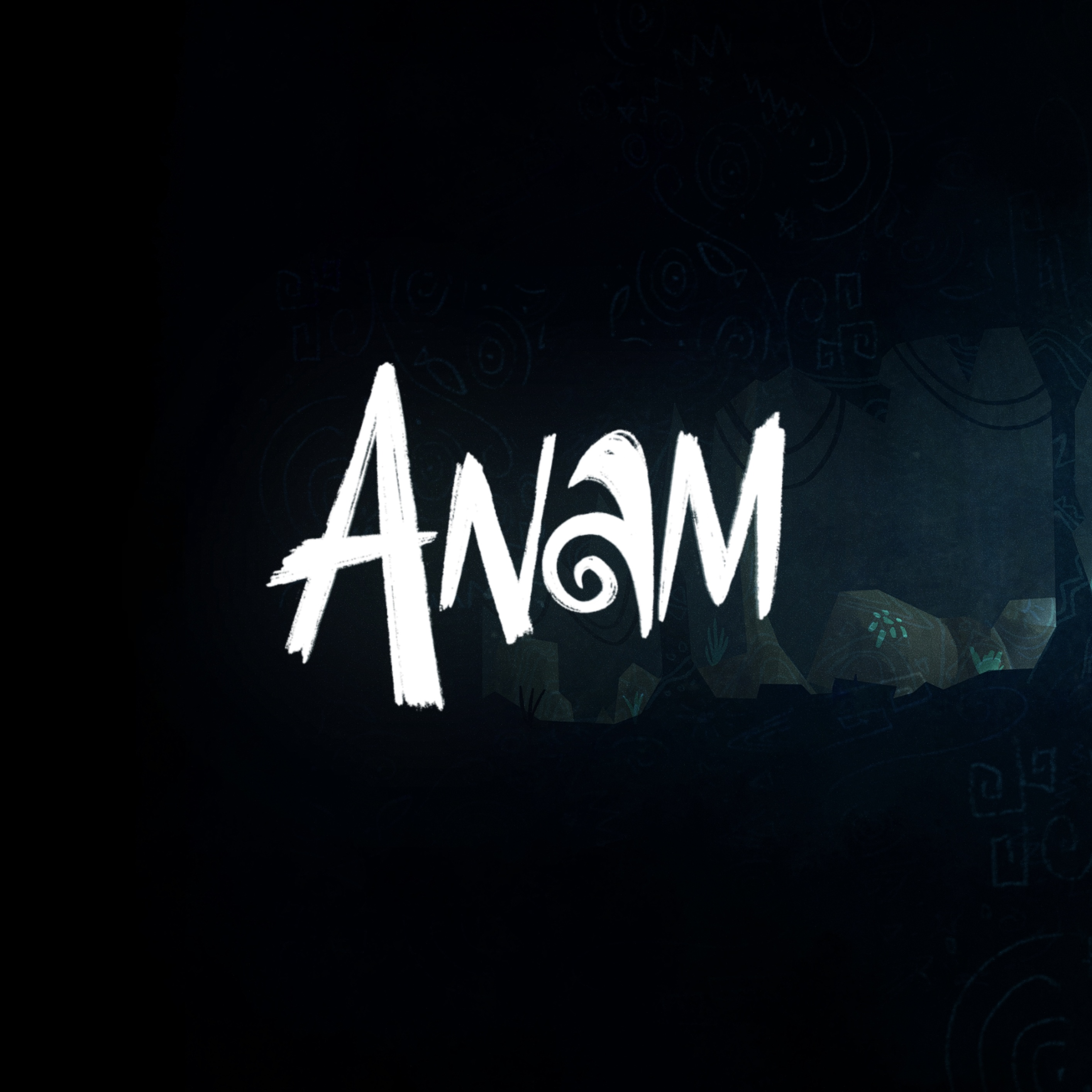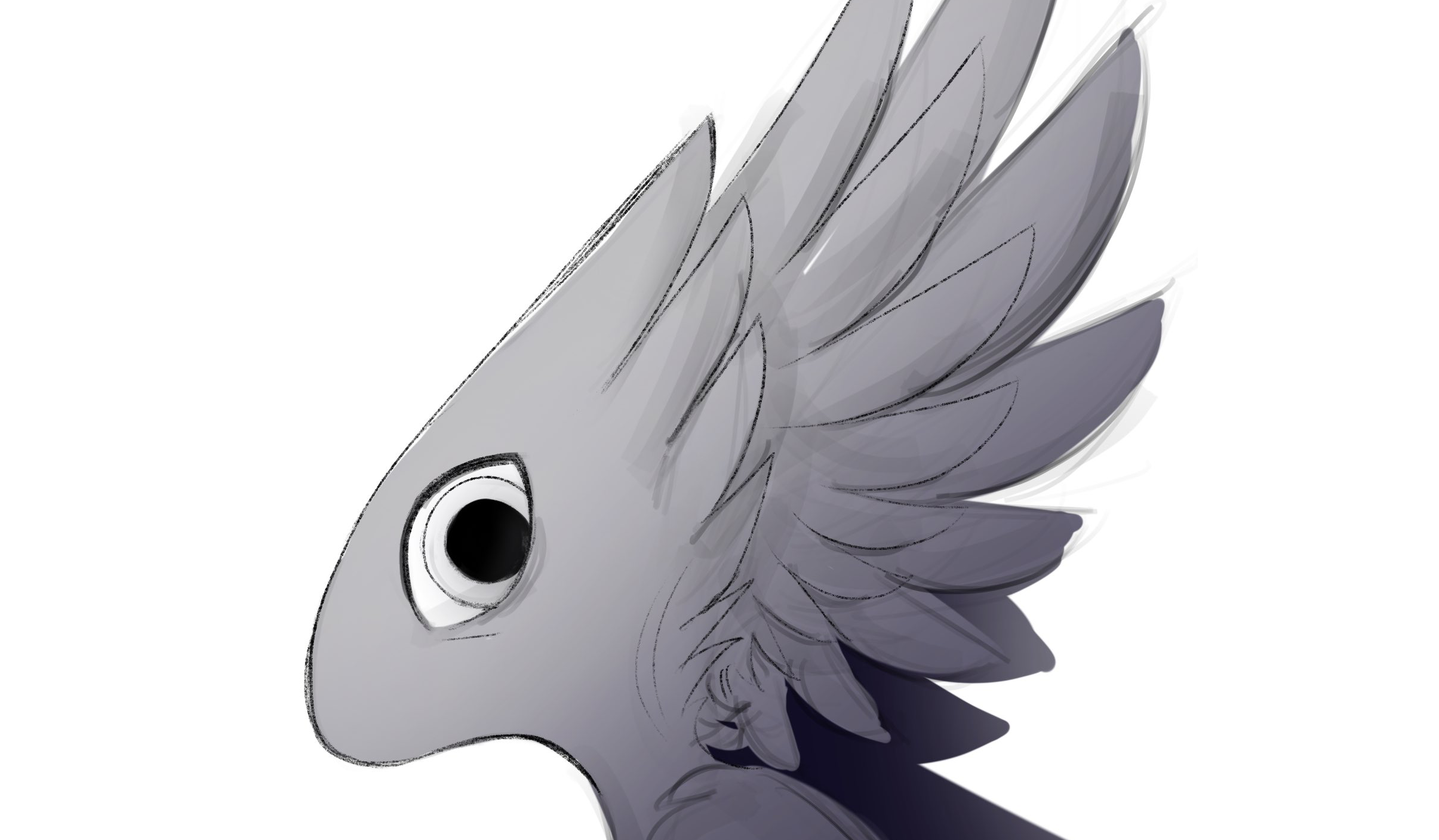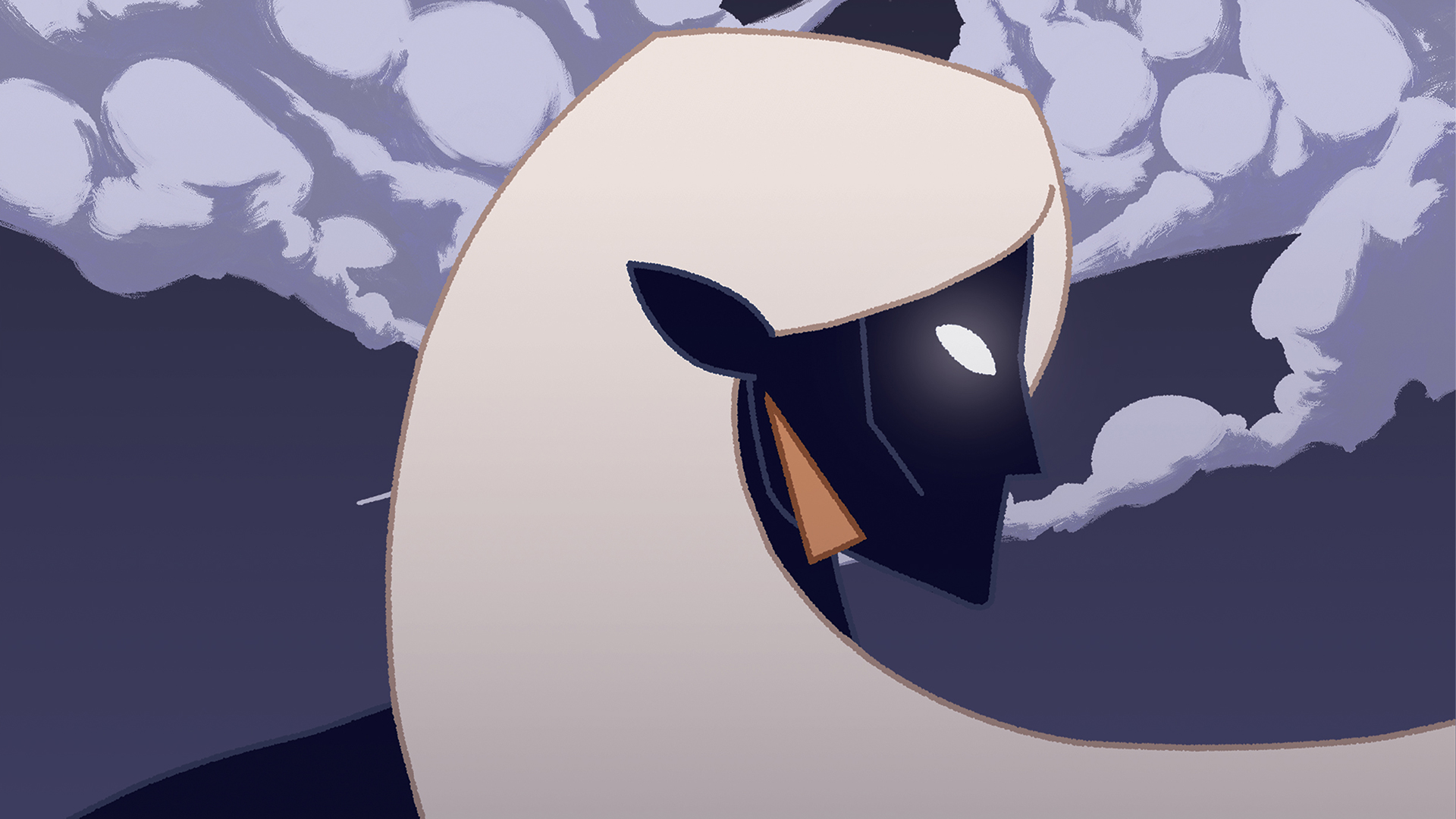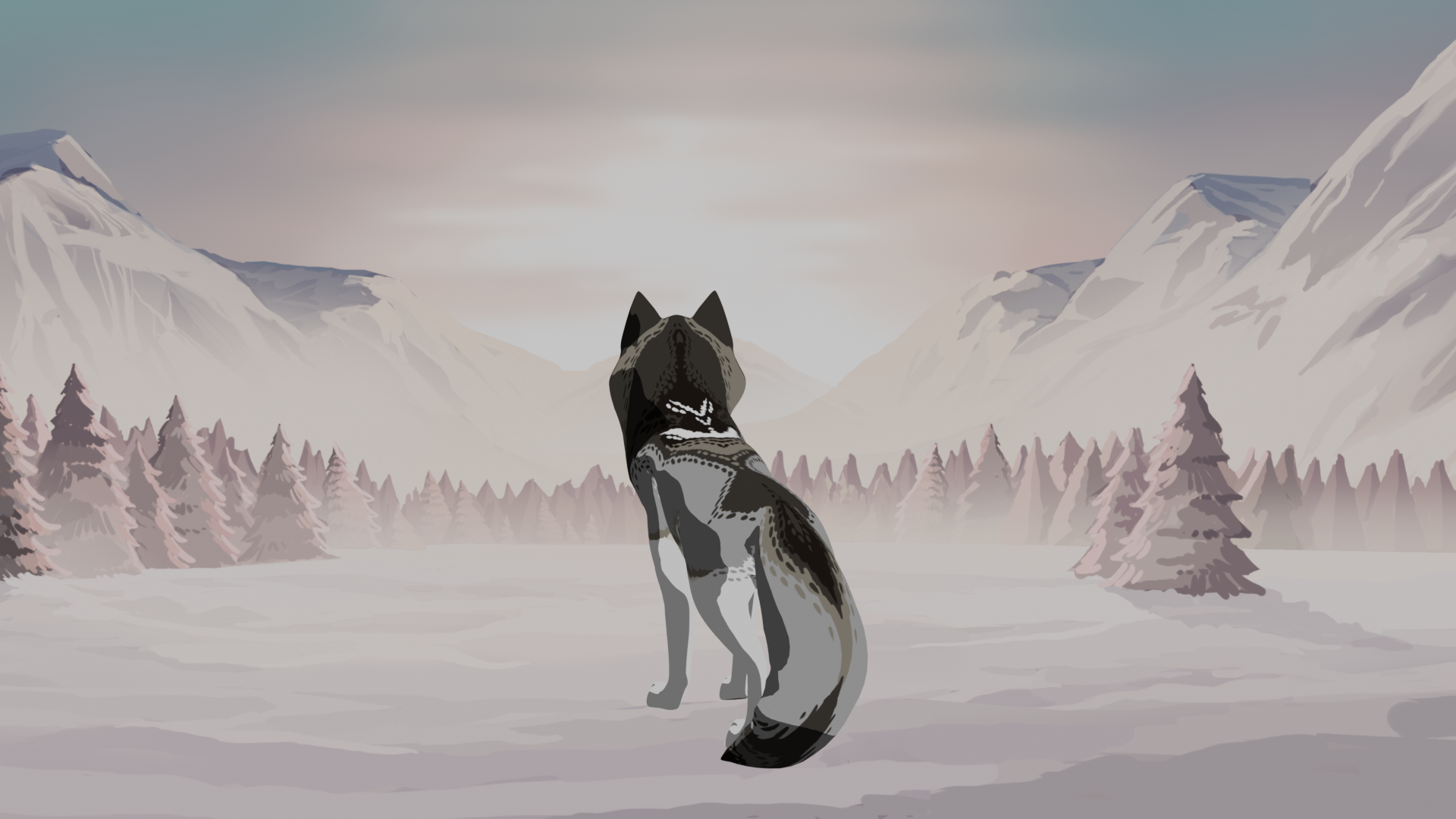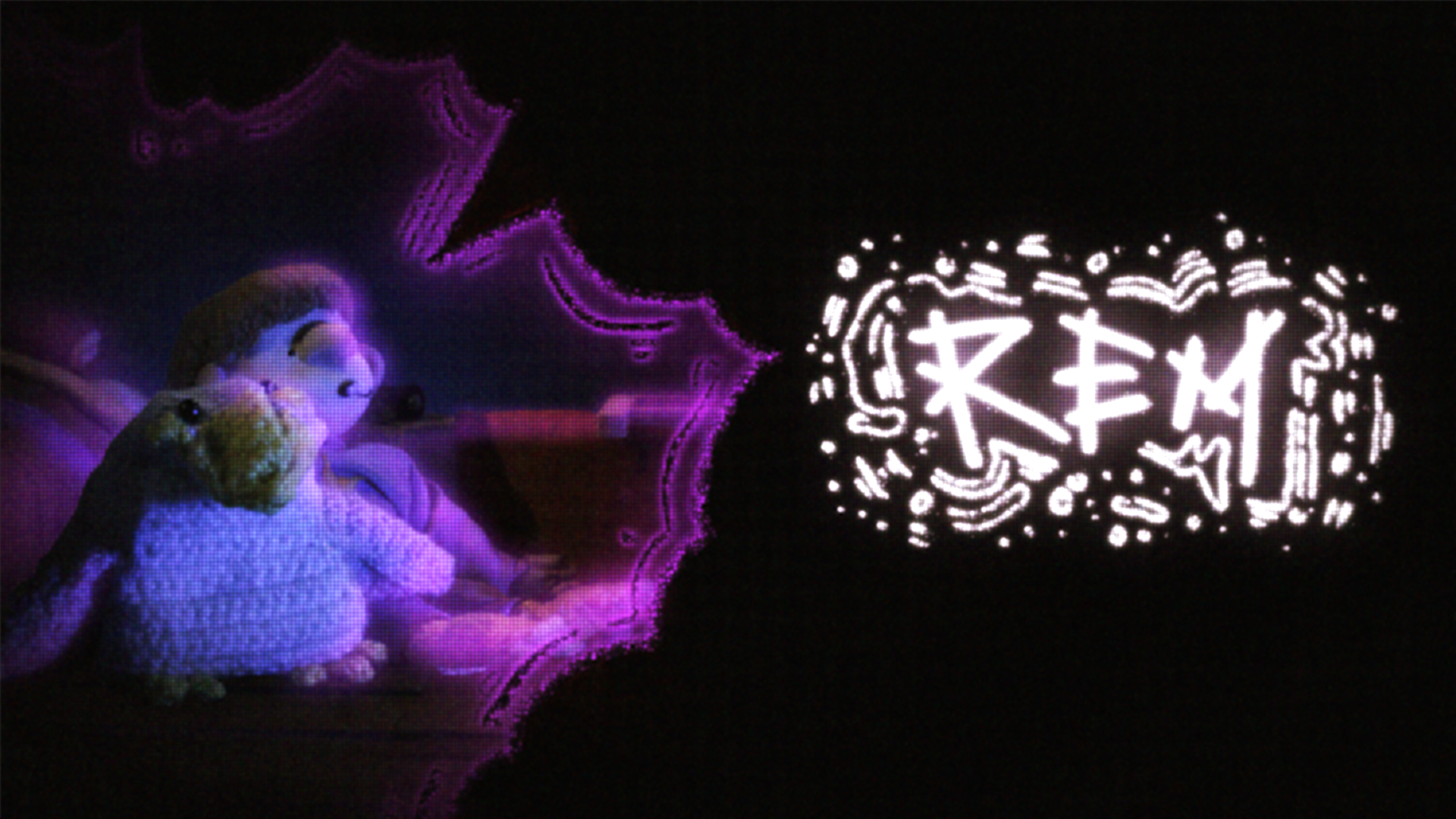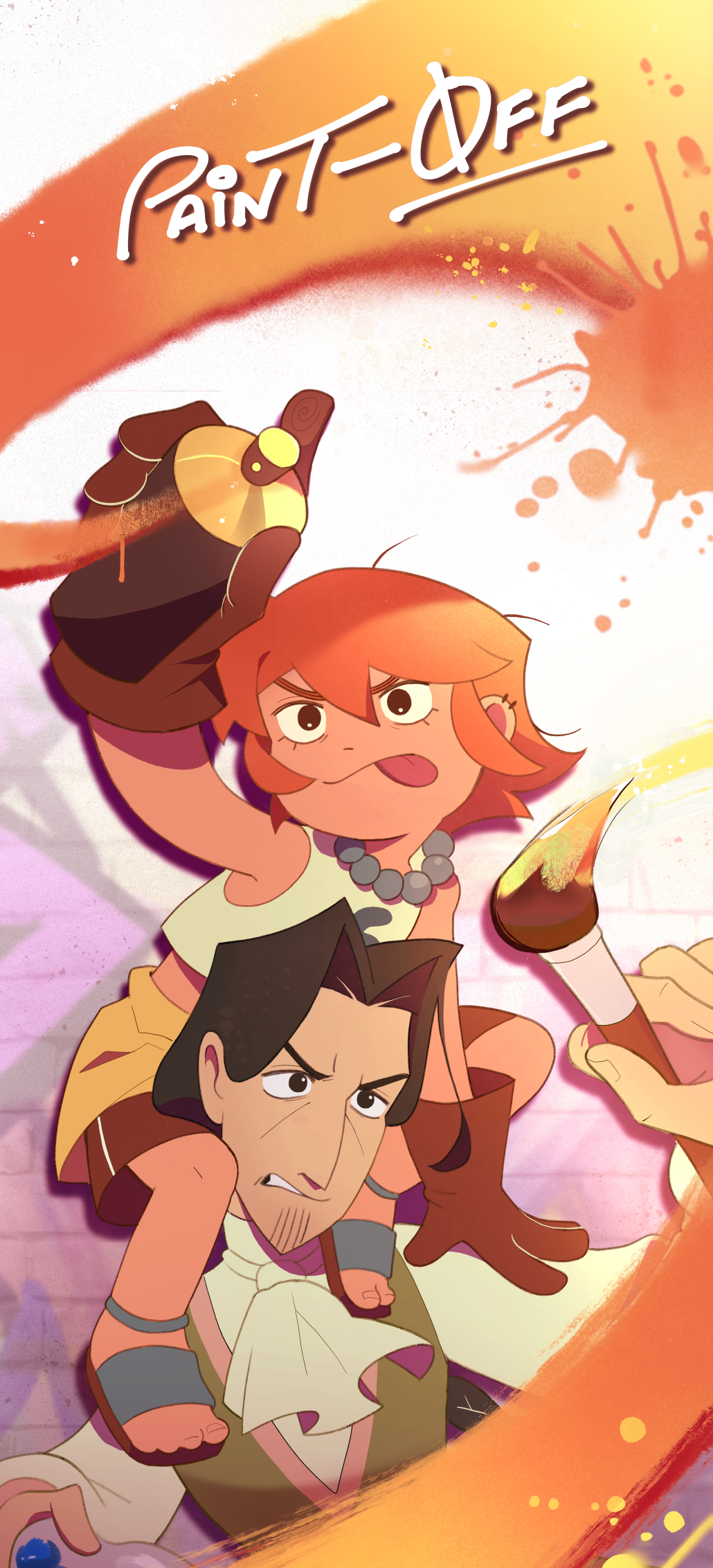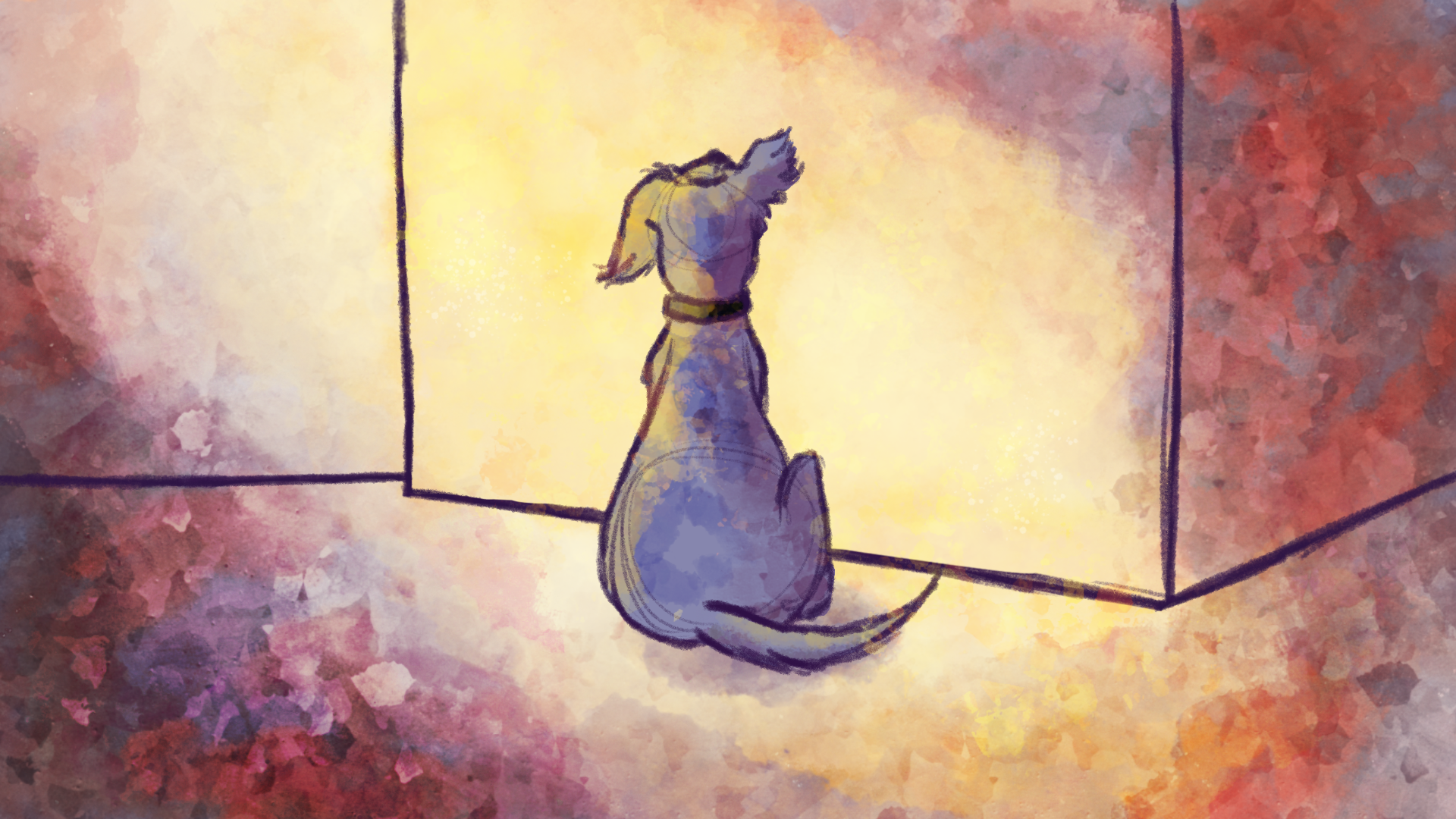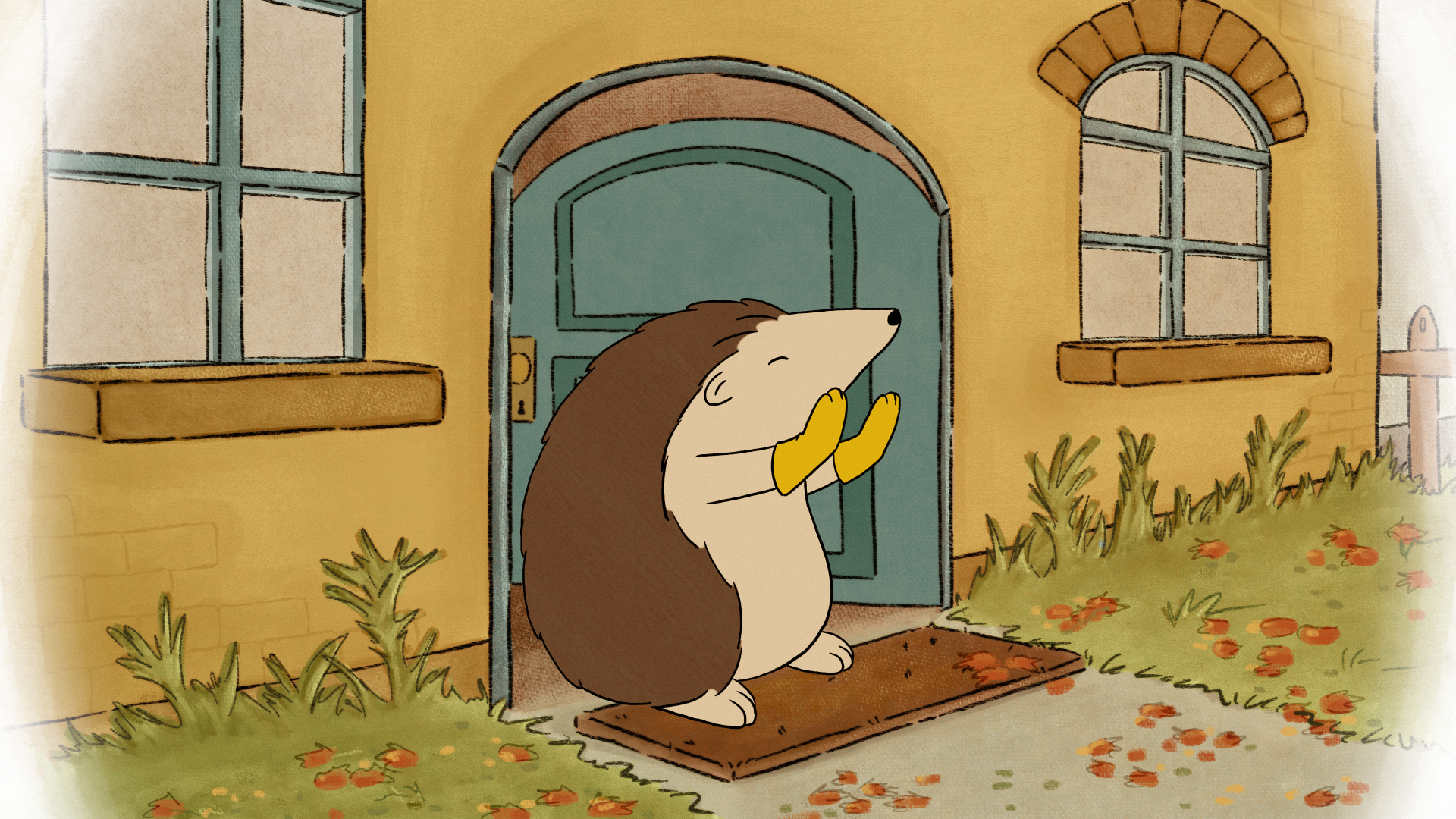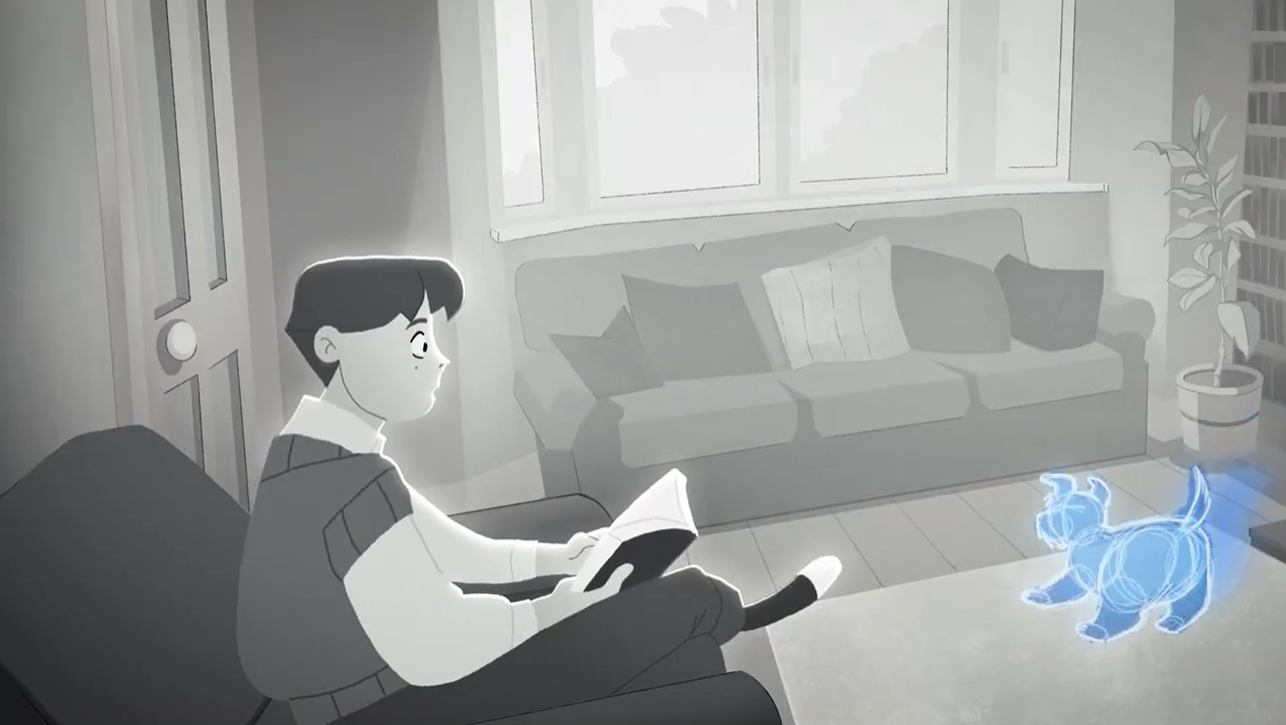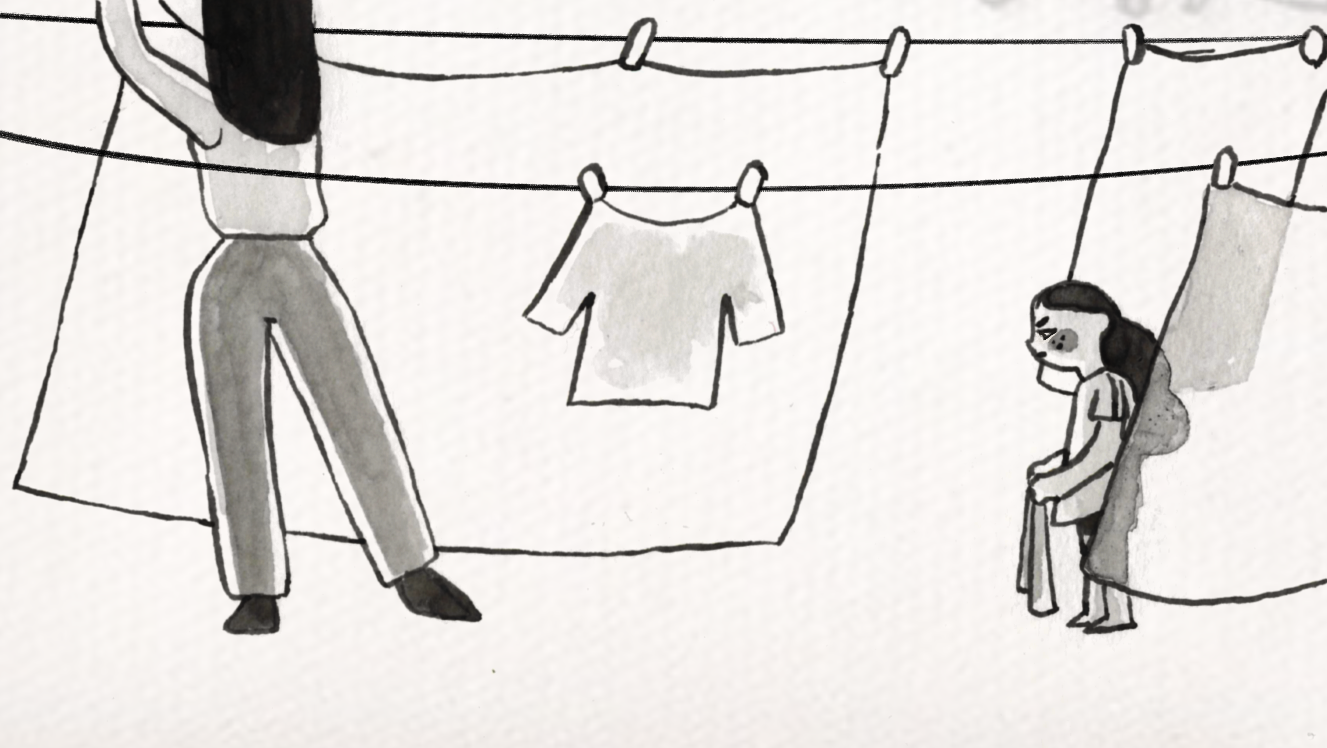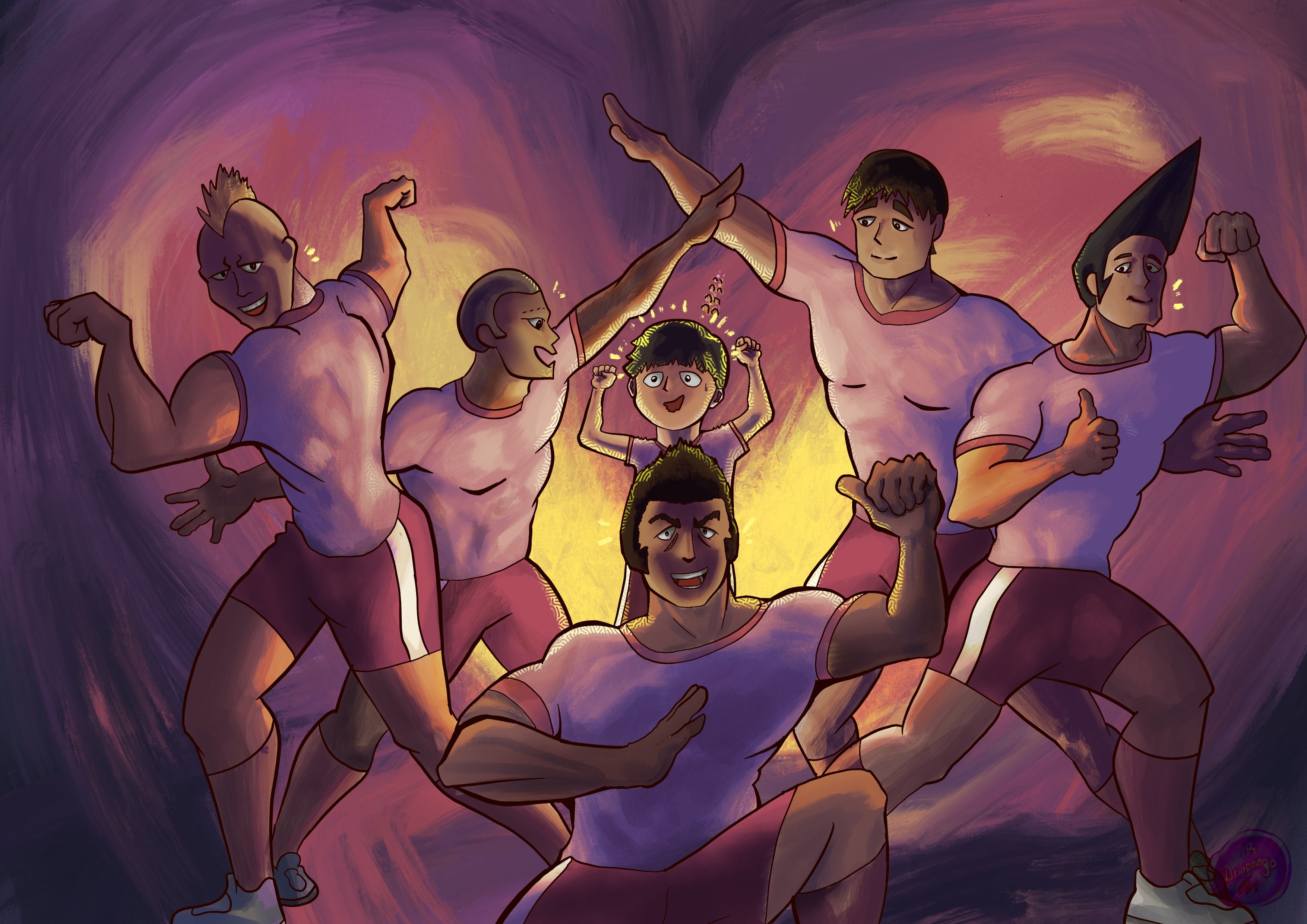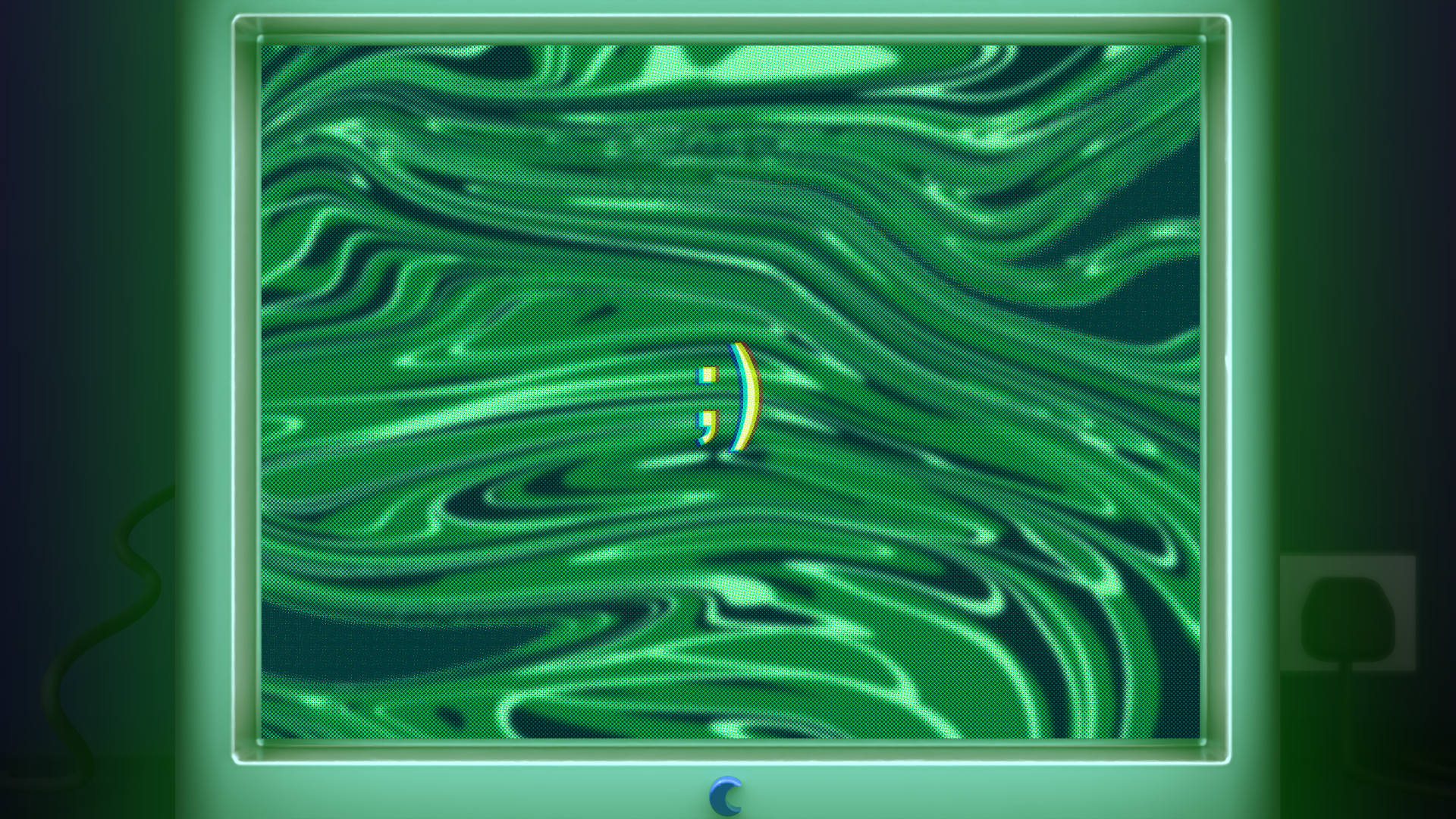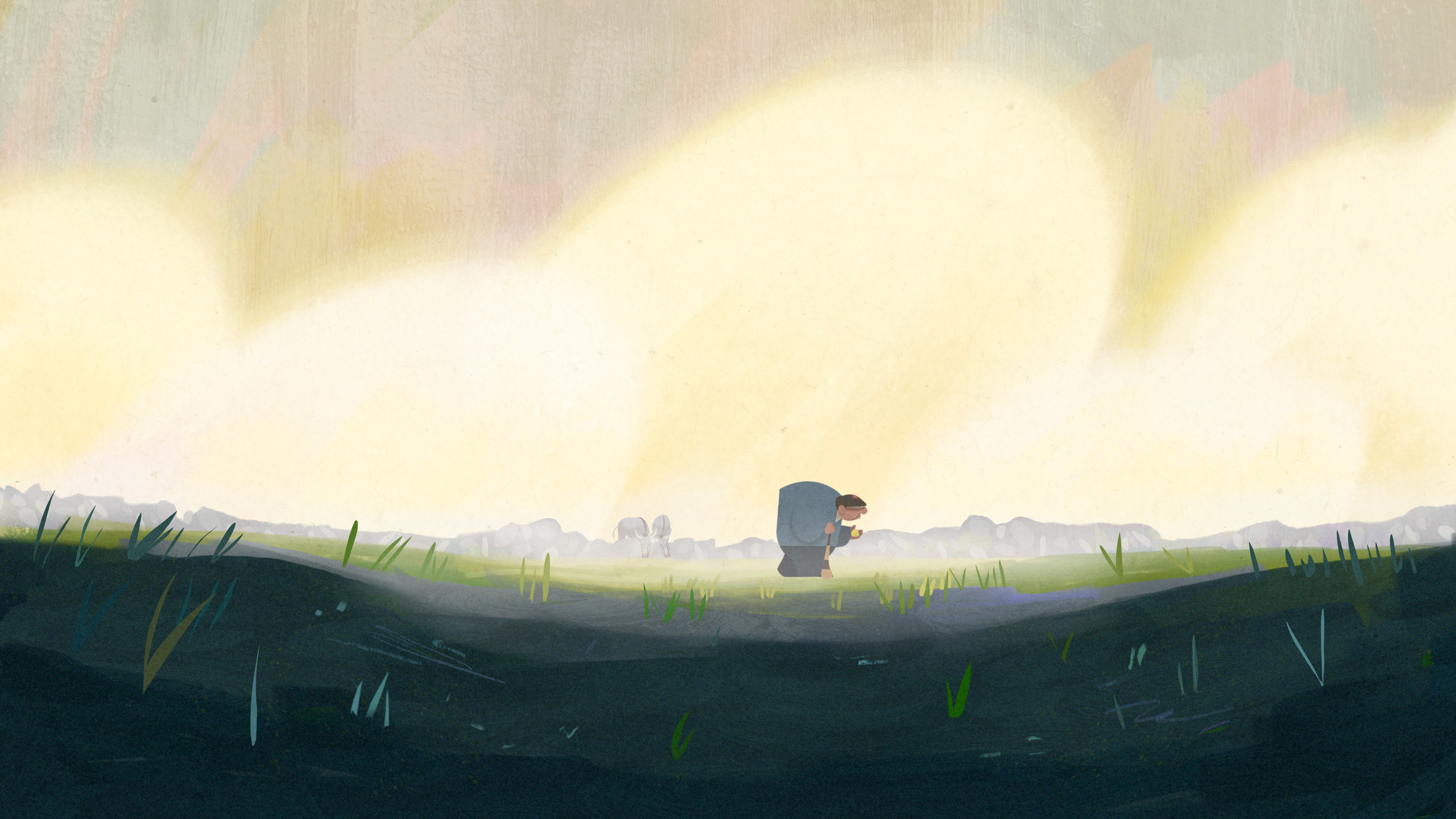
Stuart Hill
When a scruffy bible-basher's midnight street-sermon can't seem to draw a crowd, he hatches an erotic plan to draw the masses away from the late-night porno shop and preach the Lord's 'good word' through seductive dance.
When the Priest Police catch wind of this abhorrent scene they make sure it never happens again; restoring peace on Earth.
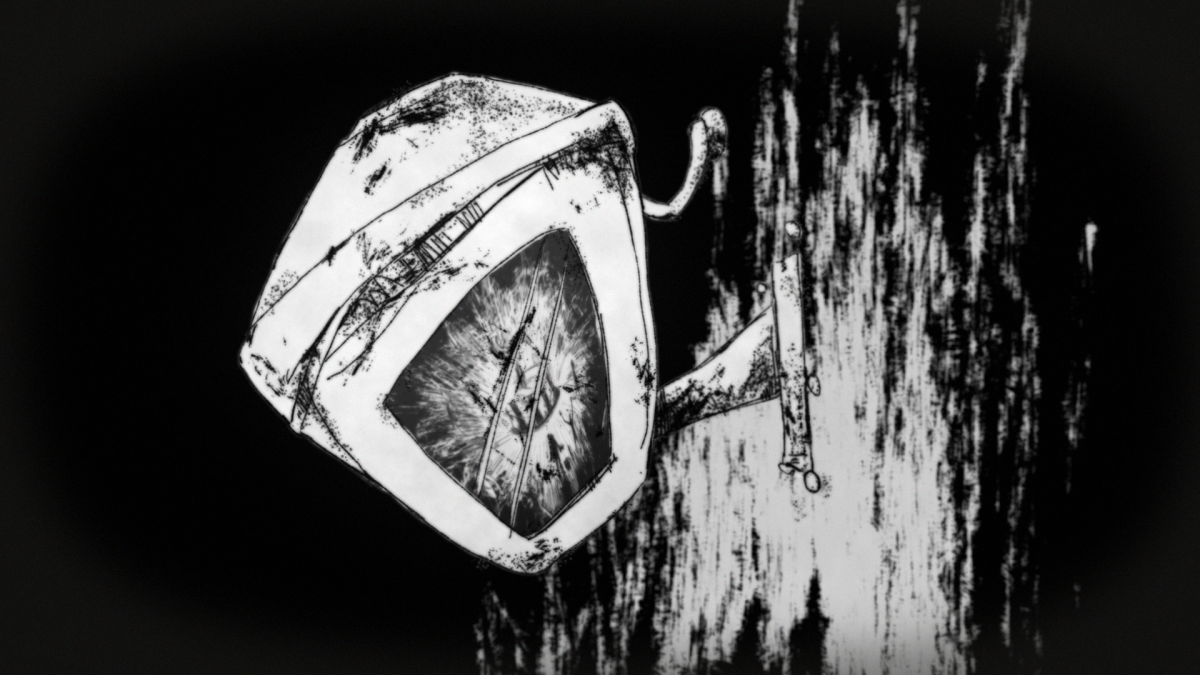

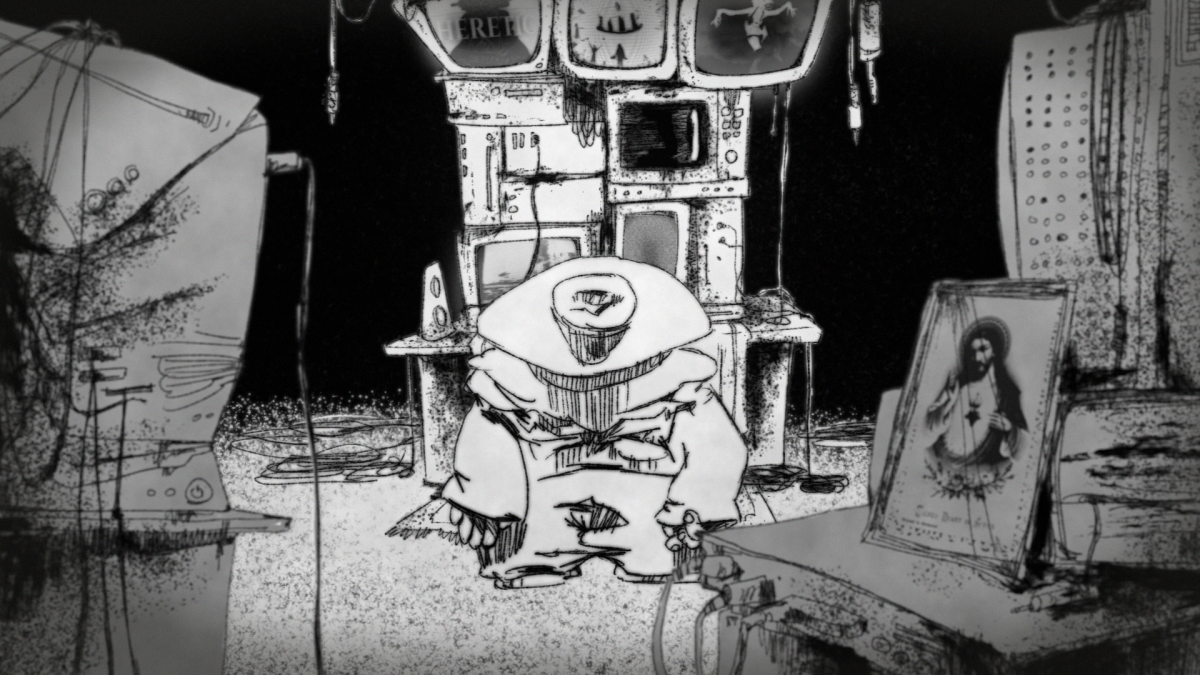
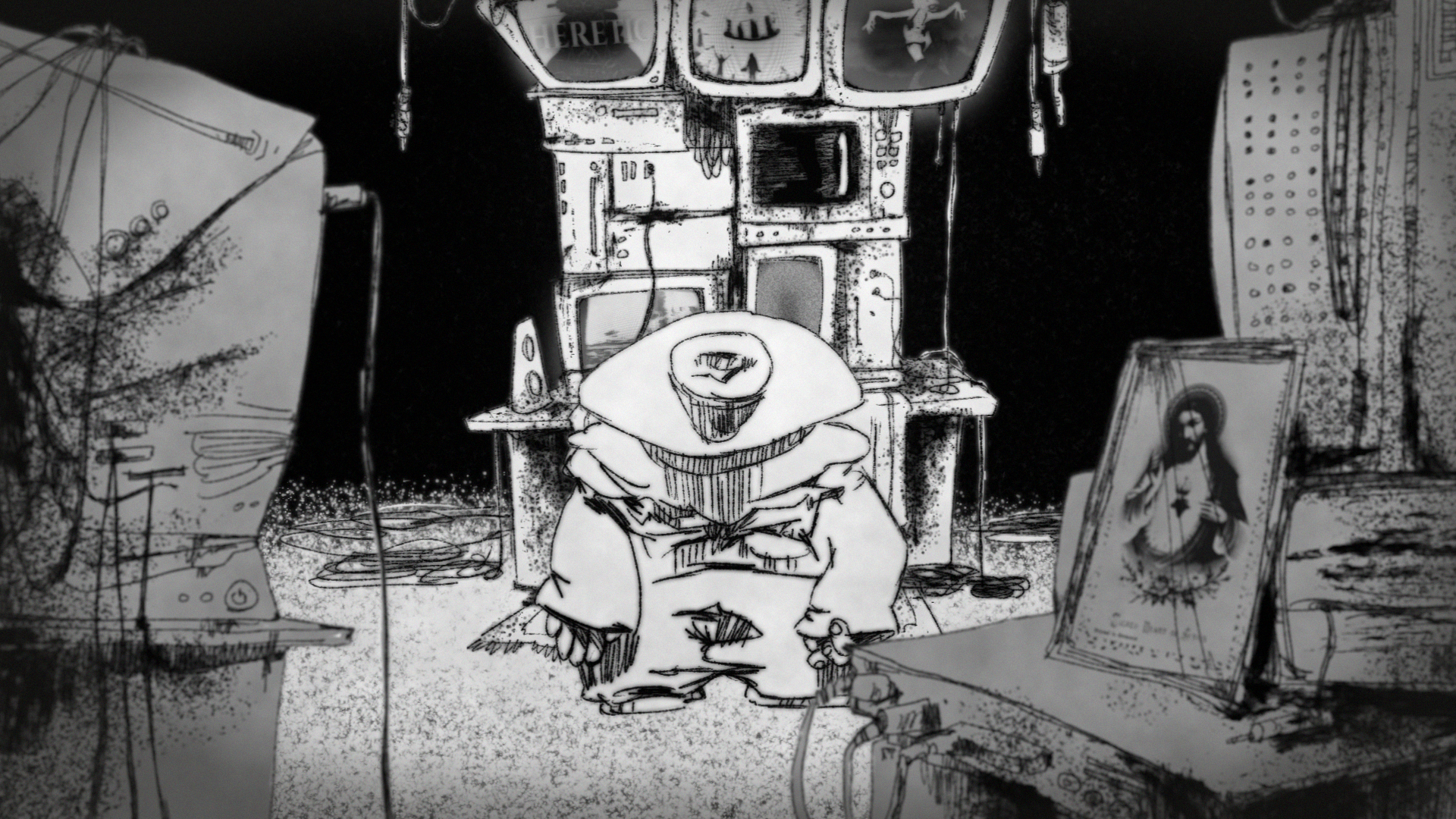


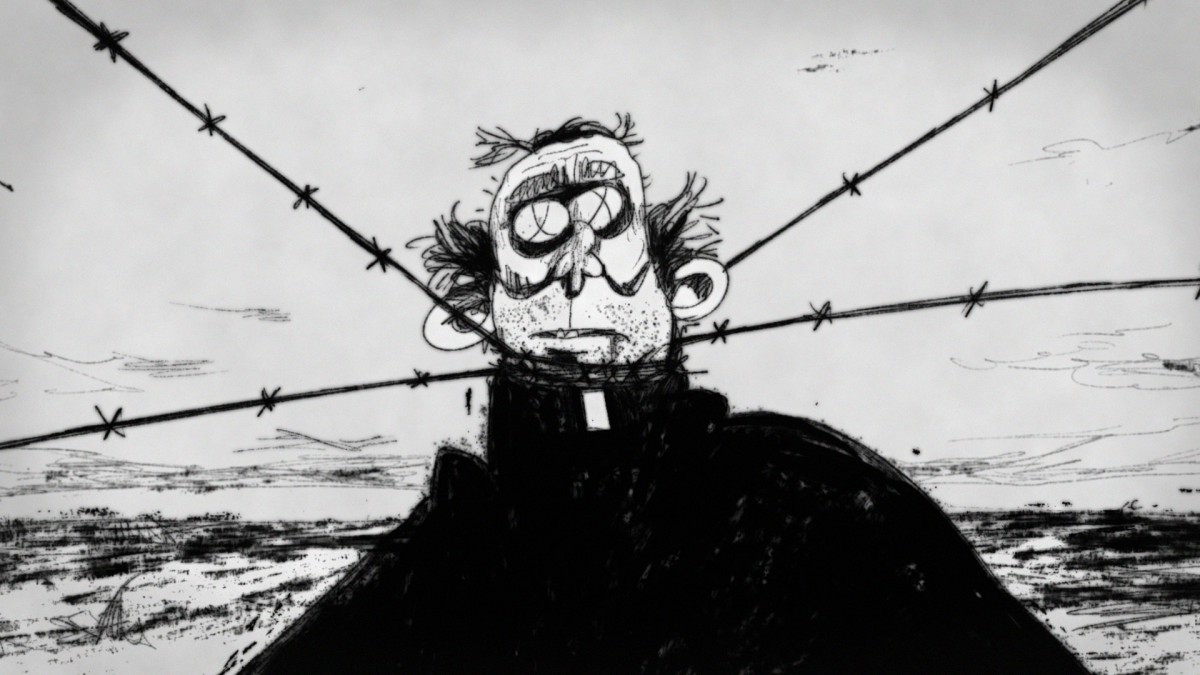
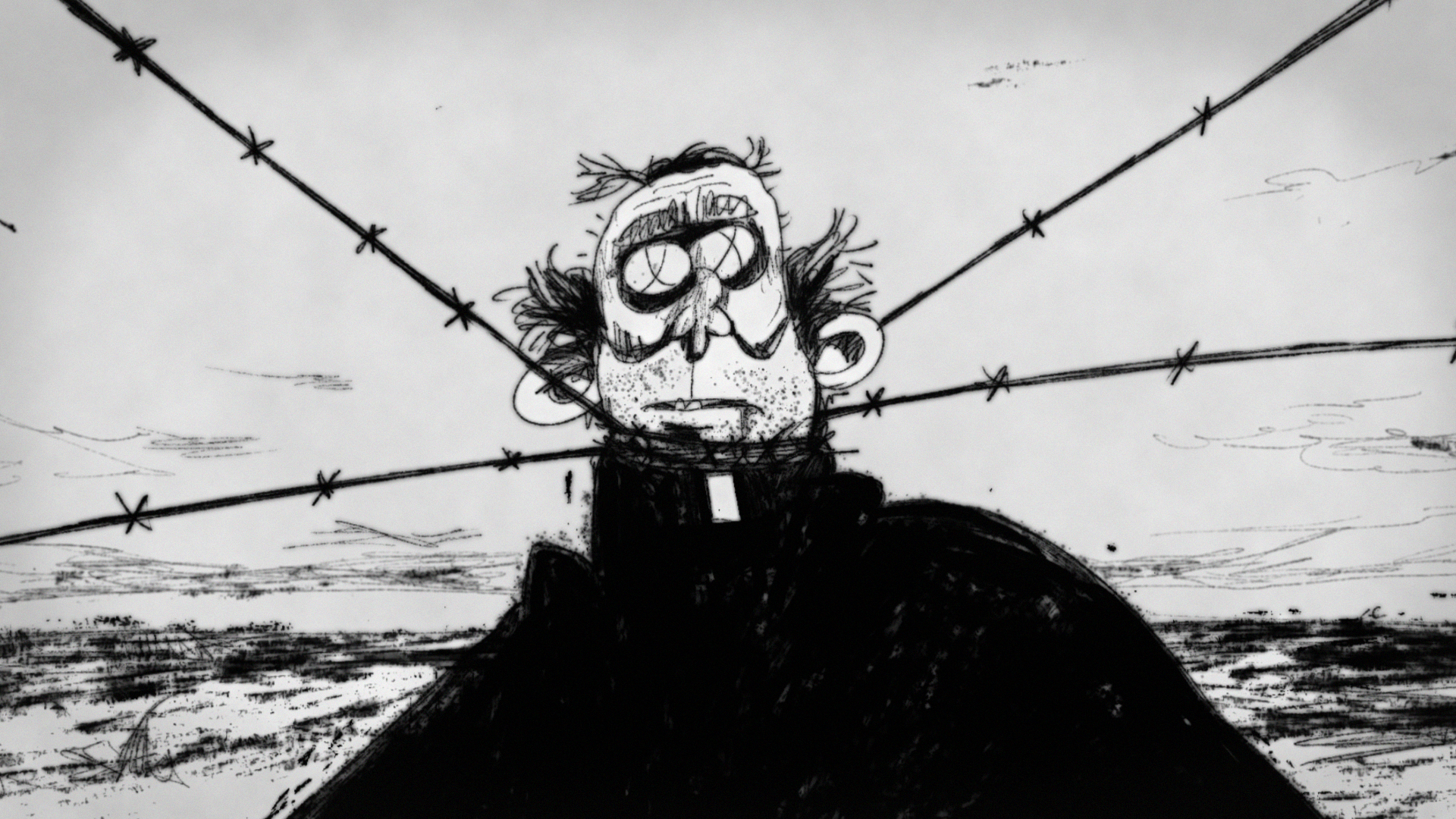
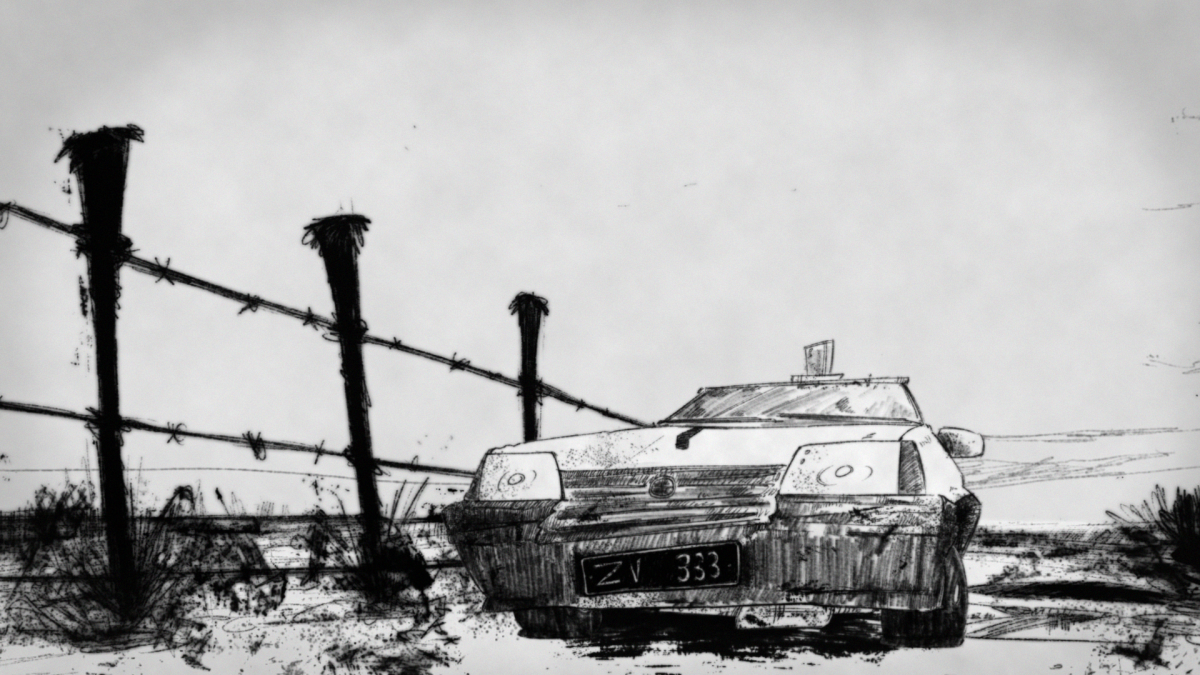
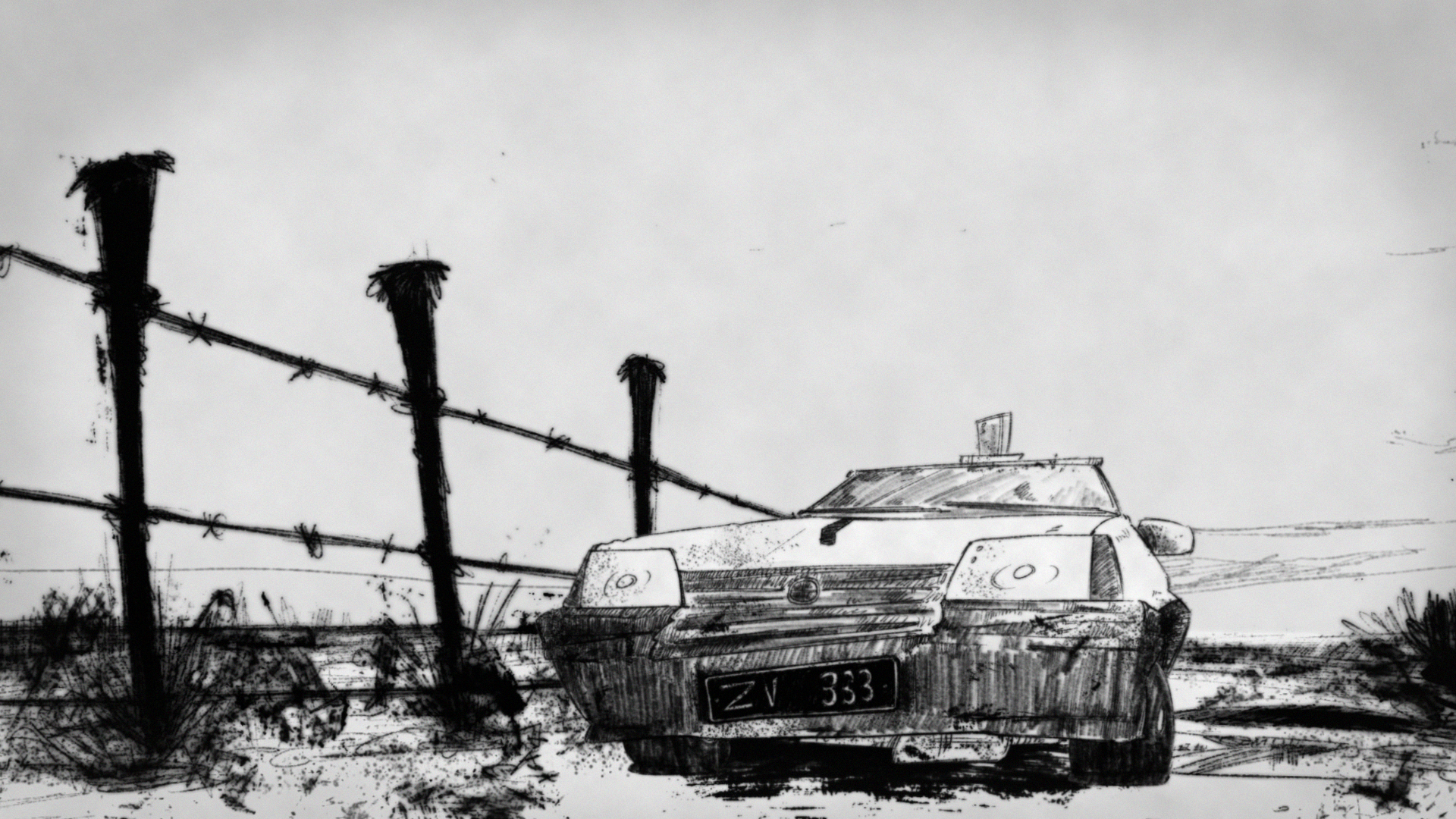
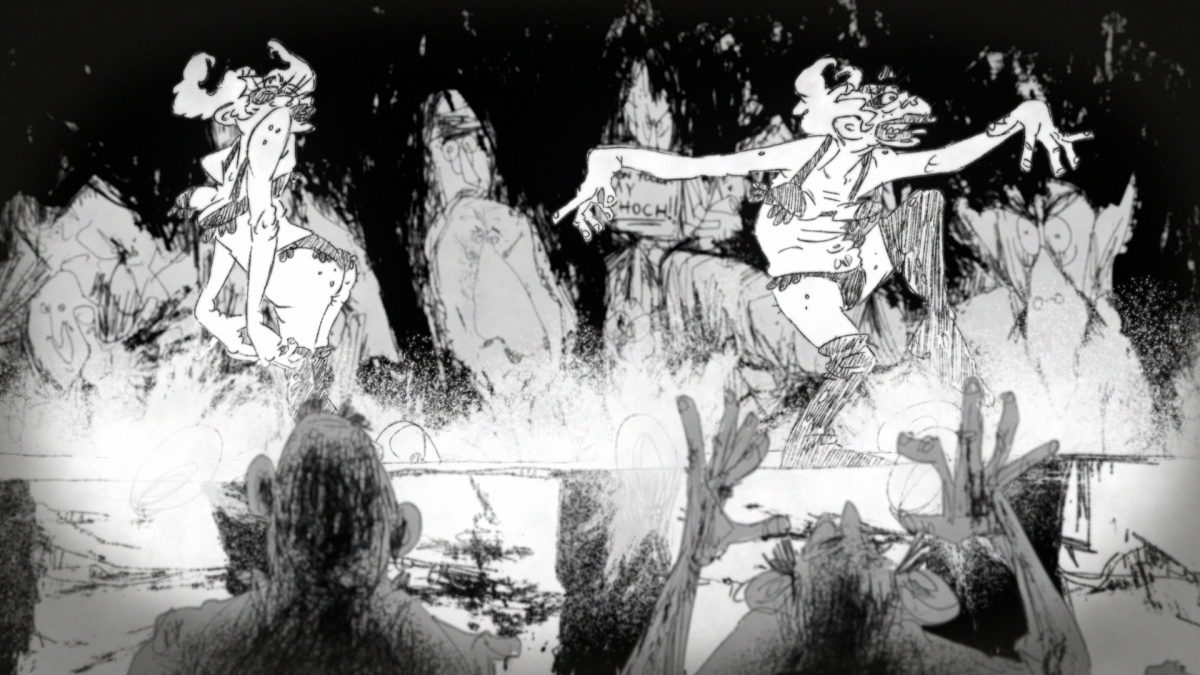

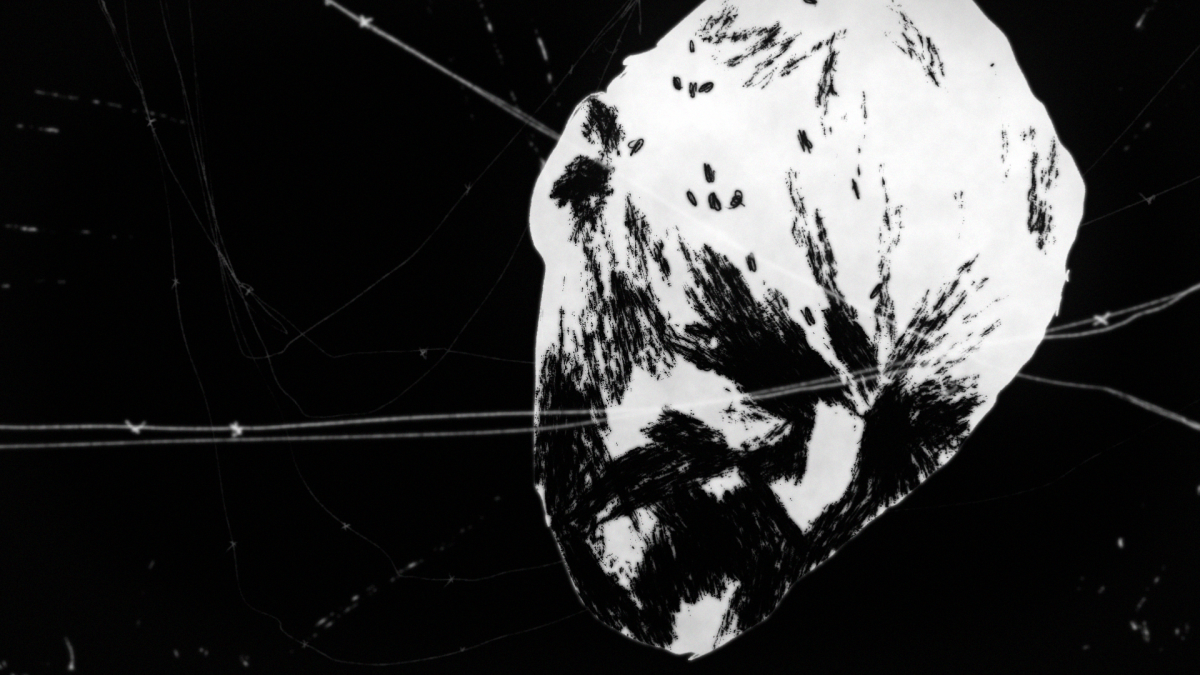





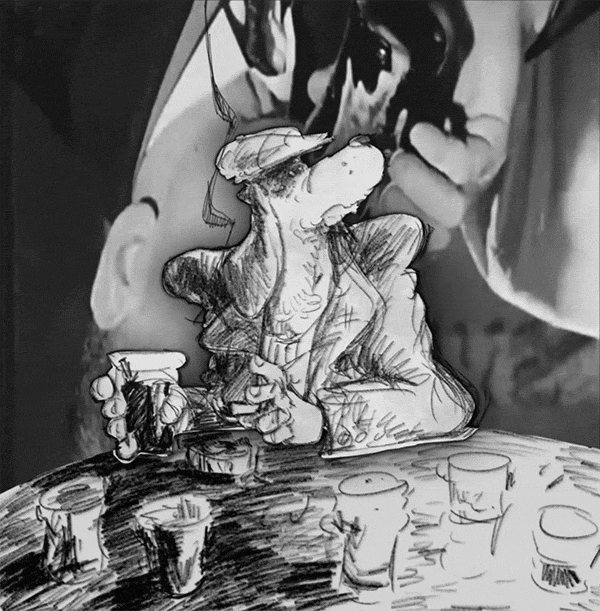



This short is an animated satire set in a dystopian Christian Ireland, where a washed-up street preacher tries to win back the souls drifting toward a late-night porno shop—by preaching through erotic dance. Naturally, the Priest Police aren’t impressed.
The film uses scratchy black-and-white animation and expressive, hand-drawn mark-making to amplify the chaos and absurdity of the story.
As a student film, it was also an opportunity to test how far irreverence and religious commentary could stretch within animation. The goal was to create something provocative and ridiculous, without relying on polish or permission.
Animation has often been dismissed as a medium meant solely for children, but in recent decades, it has evolved into a powerful form of artistic expression for all ages. A key figure in this transformation is Ralph Bakshi, whose groundbreaking work in the 1970s challenged industry norms and expanded the medium’s possibilities. This thesis explores Bakshi’s role in legitimising adult animation through films like Fritz the Cat (1972), which combined explicit content with social commentary, and Coonskin (1975), a controversial yet daring critique of American racial politics. By employing techniques such as rotoscoping, mixed media, and integrated live-action, Bakshi pushed animation into new thematic and stylistic territory. His influence extended into the television animation boom of the 1990s, helping to inspire what has been called a "cartoon renaissance." Through an auteur-focused analysis, this study positions Bakshi as a central figure in animation’s evolution into a mature, expressive art form.


